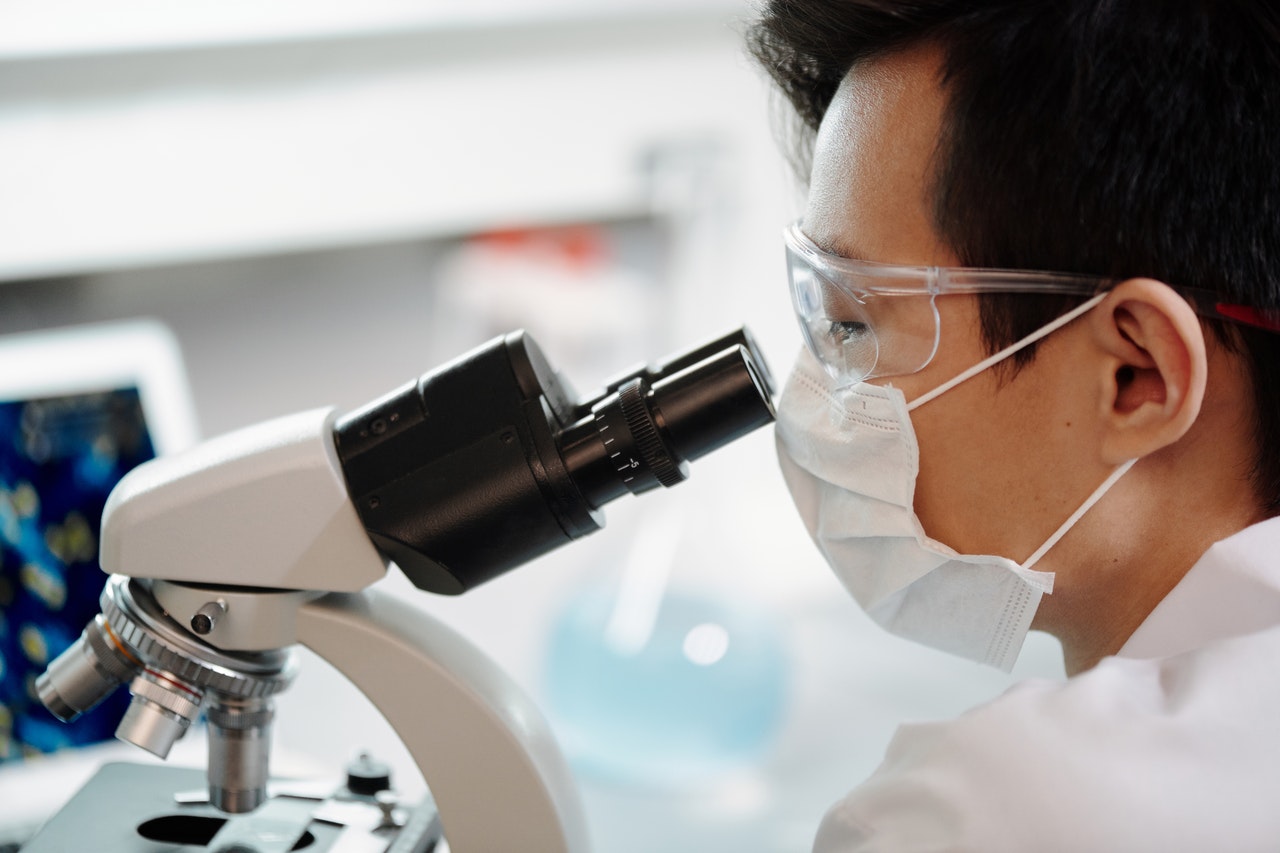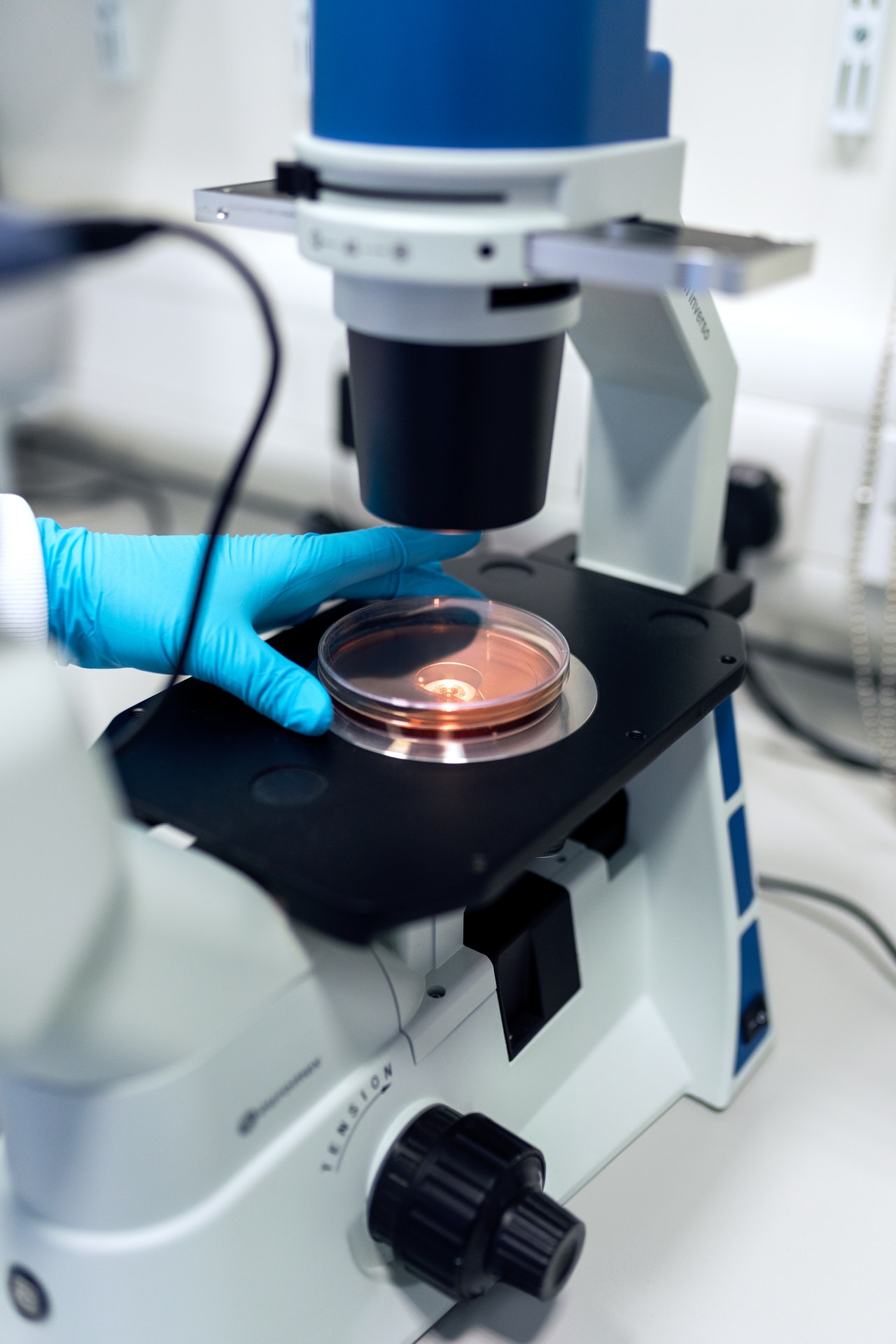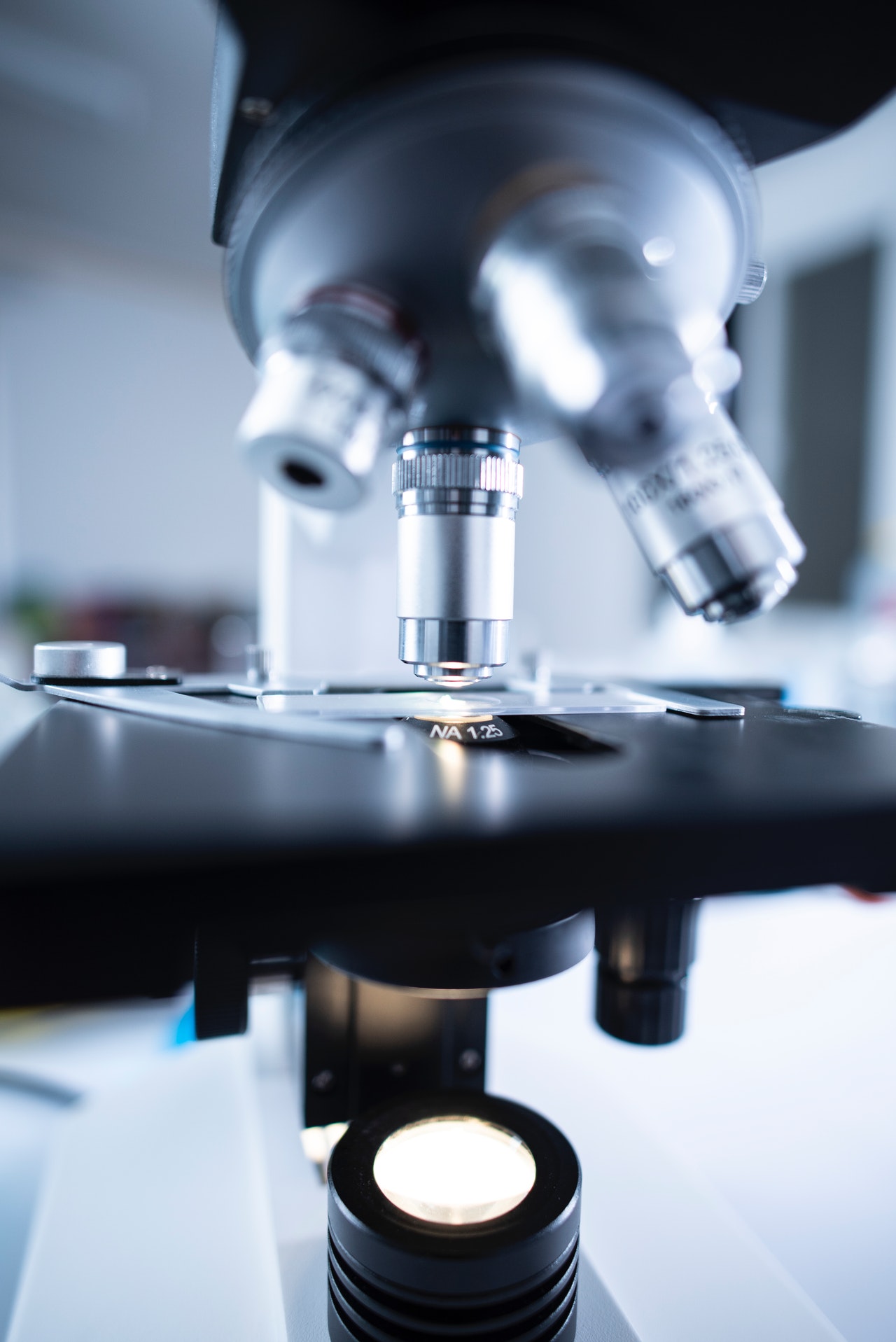Genomic testing is the study of the genes’ structure, function, and interaction. Genomic testing helps us understand why some people are genetically predisposed to some illnesses. Testing is simple and non-invasive.
Hereditary Cancer – CGX Testing
Cancer Genomics testing is a test used to identify if the individual is prompt to develop certain cancers in the future. This test searches for specific changes or mutations in the DNA.
Benefits:
- Early detection means preventing care
- Helps provider create an action plan of risk associated with the results
- Lifestyle changes
Who qualifies?
Patients with personal and family history cancers. For example:
- Breast
- Ovarian
- Uterine
- Colorectal
- Pancreatic
- Prostate
**Comprehensive DNA Cancer screening test is covered by Medicare Part B and available for patients that have a personal and family history of some cancers.
How is the sample collected?
Cheek Swab: A buccal swab will be utilized to collect the DNA sample from the inside of the cheek.
Turnaround time:
The results should be completed in 4 to 5 weeks.
It is important to know that no CGX test will tell you if you will develop cancer or not but will help you understand your risks. It is also important to discuss the results with your physician so that he/she can help you understand the results.


Pharmacogenomic – PGX Testing
Pharmacogenetic testing is a type of genetic test that assesses a
patient’s risk of an adverse response or likelihood to respond to a given
the drug, informing drug selection and dosing.
Depending on your DNA, some medications may work differently or produce more or fewer side effects.
Why is PGX testing so important?
Adverse drug reaction is the 4th leading cause of death in America. Millions of Americans visit the doctor’s office or emergency rooms for adverse side effects related to medications.
The Mayo Clinic states “Many factors impact how a person responds to medication including:
- Genetic factors
- Age
- Sex
- Race/ethnicity
- Illness or organ dysfunction, especially kidney or liver function
- Smoking/alcohol
- Food interactions
- Other medications
PGX testing helps the provider to:
- Adjust or change your medication
- Avoid and prevent side effects
- Identify if a medication is to work or not
How is the sample collected?
Cheek Swab: A buccal swab will be utilized to collect the DNA sample from the inside of the cheek.
Turnaround time
The results should be completed in 4 to 5 weeks
Pharmacogenomics is a valuable test. Take action in preventing adverse drug reactions and let your doctor prescribe you the treatment with confidence.
Cardiology Genetic Testing
This test analyzes the individual’s DNA to determine if they are susceptible to inherited cardiovascular diseases. Testing can also help determine which specific relatives are at risk for developing it, beyond the general assumption that 50% of the family will develop the condition.
Do you know?
Hereditary Cardiovascular Diseases affect more than 1 in 200 people
Benefits
- Confirms a clinical diagnosis
- Informs avoidance of certain medications and guides lifestyle modifications to avoid triggering cardiac events
- Can identify at-risk asymptomatic and pre-symptomatic family members
- Enables appropriate screening intervals and interventions for at-risk family members
Who qualifies?
Patients qualify if they have any of the following conditions/symptoms in their personal and family history
- Cardiomyopathy
- Arrhythmia
- Vascular disease
- Extremely high levels of cholesterol
- Premature heart failure
- Hypertension
- Heart attack or stroke at an early age
- Sudden cardiac death
- Relative with a known disease-causing mutation
- Several relatives with the same type of cardiovascular Disease
How is the sample collected?
Cheek Swab: A buccal swab will be utilized to collect the DNA sample from the inside of the cheek.
Turnaround time
The results should be completed in 4 to 5 weeks
** Early identification and treatment can be lifesaving.

